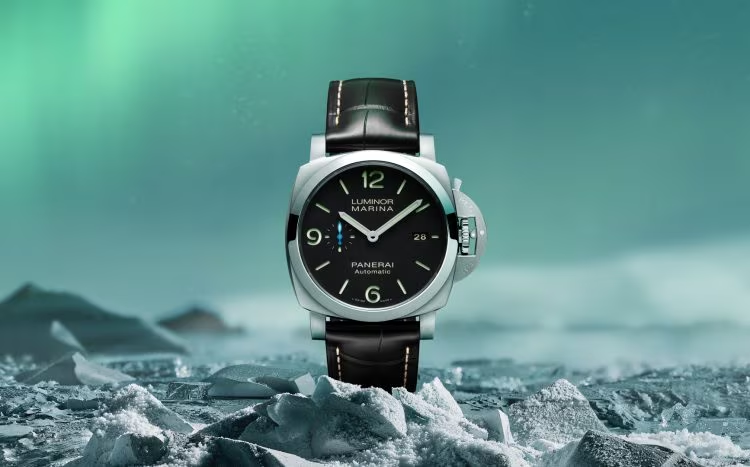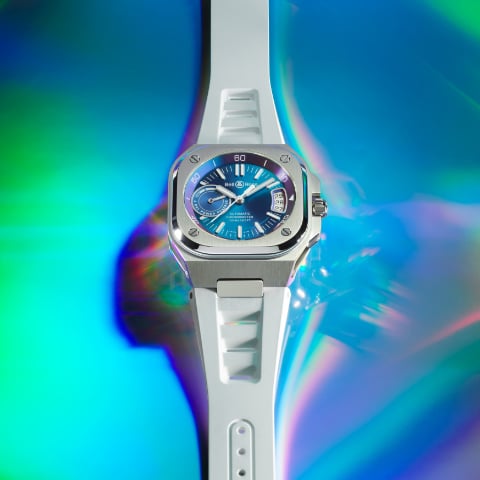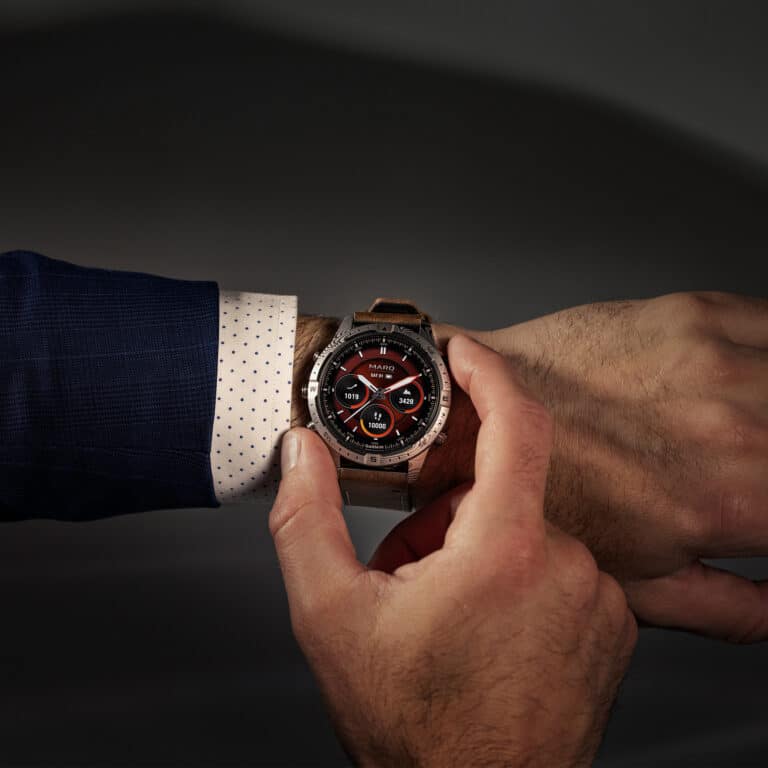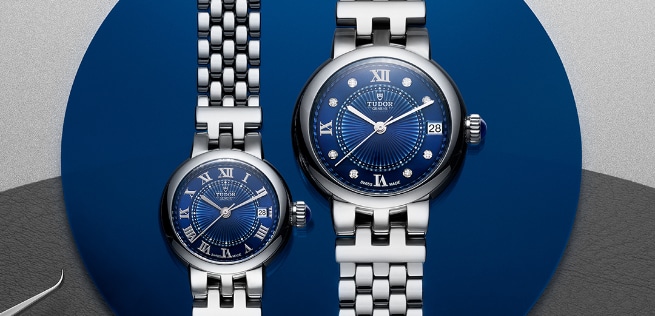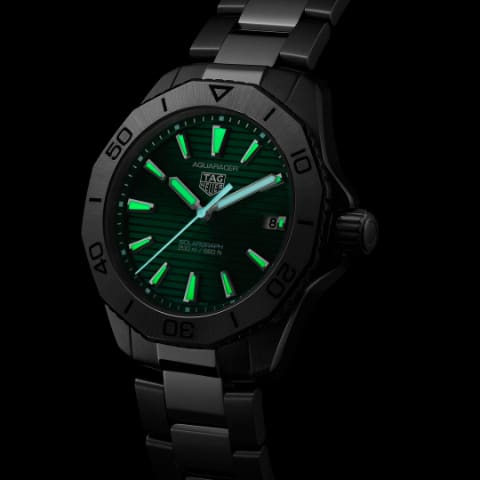Alongside ETA, Sellita watch movements are some of the most commonly used calibres within luxury mechanical watches. For a number of years, Sellita made their money by operating as one of ETA’s major out-sourced assembly operations for their 2824 movements. This meant that they would take incomplete ETA movement kits and add wheels, screws and other components to the movement and then sell them on as ETA 2824-2 movements.
Then in 2003, ETA came to the decision to no longer outsource their movement assembly. This threatened Sellita’s survival as a business and so they had only one option: to begin creating their own Sellita watch movements. In what seems like perfect timing, this all happened at the same time as the copyright on ETA’s movement designs expired. Since Sellita had worked so closely with these calibres in the past and had formed relationships with many of the part suppliers, they were able to create their own version of the ETA 2824 under their own name. This became known as the Sellita SW200.
The ETA 2824 and the Sellita SW200 mechanical movements are almost identical in every way. Their appearances differ only by a slight variation in the oscillating rotor and the addition of a 26th jewel set beside the barrel axis and ratchet wheel. It is thought that Sellita added this additional jewel in the hopes to market their calibre with a further reduction in friction compared to the ETA 2824. However, there has never been any evidence that the accuracy between the ETA 2824 and the Sellita SW200 movements vary in any way.
Since Sellita started making their own movements, they have continued to position themselves as strong competitors against ETA. They have recently revealed new movements like their SW300 and SW500 which are known as higher grade calibres based on the ETA 2892. With ETA supplying most of their calibres to the Swatch Group it has also allowed Sellita to provide many of their calibres to other luxury watch manufacturers like Oris, Sinn, Baume et Mercier and Mont Blanc.
